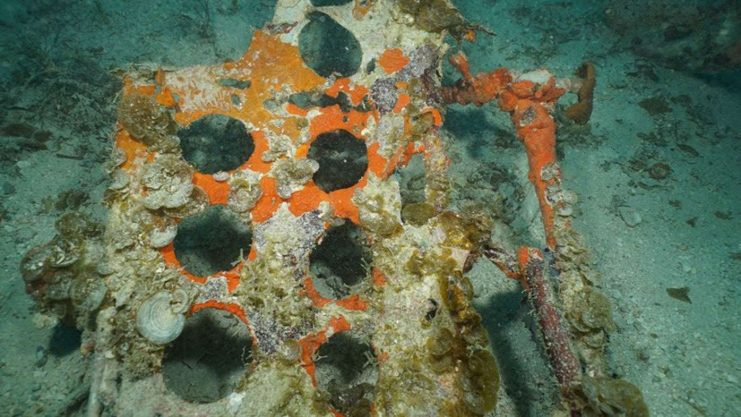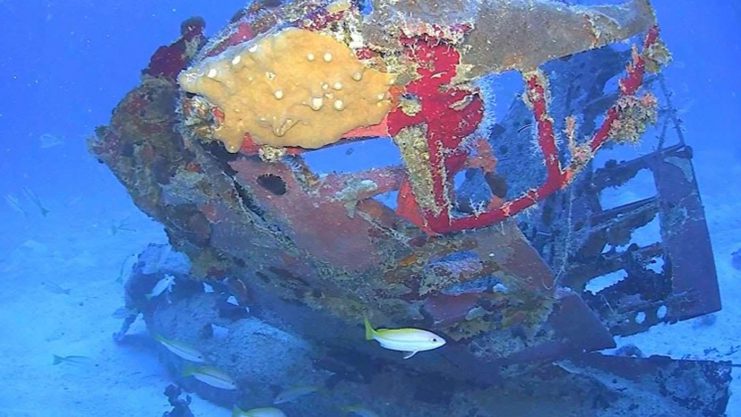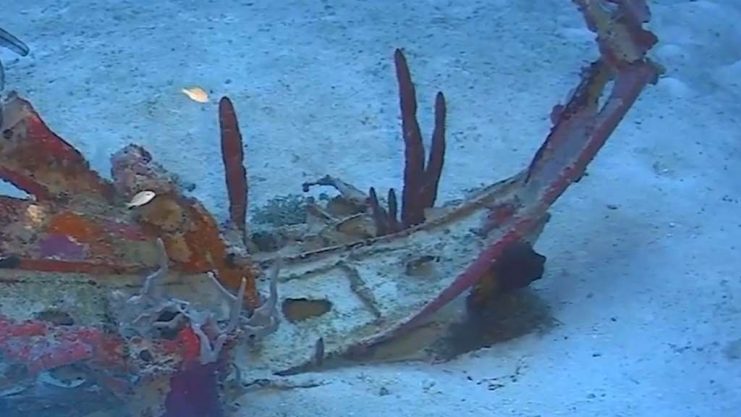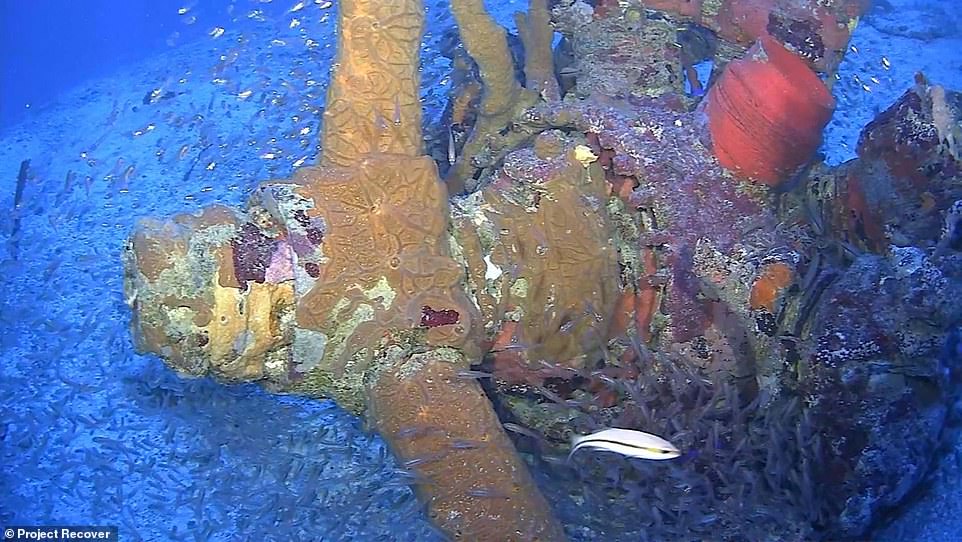Project Recover has once again found the wreckage of several US planes in Truk Lagoon that were lost during World War II and given the families of seven missing airmen hope that perhaps their loved ones may be found.
Project Recover, which uses the latest in technology to try and locate American servicemen listed as missing in action from World War II, has been responsible for finding several planes and naval vessels.

This time, they found three aircraft downed in the Truk Lagoon. This lagoon was renamed Chuuk Lagoon in 1990 and forms part of the Federated States of Micronesia.
The three planes, a TBM/F-1 Avenger torpedo bomber and two SBD-5 Dauntless dive bombers were lost between 17th and 18th February 1944 during Operation Hailstone; fought against the Japanese.
Operation Hailstone
Operation Hailstone, also known as the airstrike on Truk Island, was a massive US Navy sea and airstrike against the Truk Lagoon.
Before this battle, the lagoon had been used as a safe harbor for the combined fleet of the Imperial Japanese Navy.

The bay is surrounded by a coral atoll that has very few openings to the sea. Those openings had been well fortified by the Japanese, leading the atoll to be nicknamed the Gibraltar of the Pacific.
It was also a resupply hub for the Japanese moving armaments and aircraft from Japan to the South Pacific.
Over two days, the US military bombarded the island infrastructure and the harbor. They dealt a severe blow to the Japanese with over 250 warplanes destroyed along with approximately 40 ships.
On land, there was considerable damage to the dockyard, communication hubs, and supply warehouses.
Operation Hailstone may have been a resounding success for the US, but during the battle, 25 US aircraft were lost. The three now located by Project Recover were some of the 12 lost in the lagoon during this battle.
Project Recover
Project Recover includes experts attached to the Scripps Institution of Oceanography, from the University of California, in San Diego as well as experts from the University of Delaware
This team made four trips to the lagoon between April 2018 and December 2019. During these trips, the group searched the full 70 square miles of the seafloor using highly sensitive side-scan sonar.

Using the results of the sonar scans, the team then focused their search using remote underwater vehicles to find the actual wreckage, working at depths of 100 to 125 feet.
Andrew Pietruszka, an underwater archaeologist, attached to the Scripps Institute said in a statement obtained by Fox News that the archaeological surveys were completed, and the research teams are busy compiling a report for the US government.
The Defense POW/MIA Accounting Agency will be responsible for locating the remains if any can be found and positively identifying them.
Documentation about the location of the wrecks will be made available to the Federated States of Micronesia.
Mark Moline, director of the School of Marine Science and Policy at the University of Delaware, who is also the co-founder of Project Recover, and also the leader of this expedition said that the location of the aircraft was only possible with the full support of the host country as well as the tireless efforts of the team.
He went on to say that the exhilaration and excitement at locating the three aircraft has to be tempered with remembering the sacrifice made by these servicemen and their families in protecting the freedom we enjoy today.
Retired U.S. Marine aviator Derek Abbey, CEO of Project Recover, said that all in all, a total of 28 aircraft, accounting for 103 men still listed as missing in action, are believed to have gone missing in the Truk Lagoon during World War II.
He said that his team was very honored to have played their part in keeping the nation’s promise to bring all fallen servicemen and women home.
“Lt. Dan” Gary Sinise Honored With Award From Congressional Medal of Honor Society
Project Recover remains committed to finding more Americans that are still listed as missing, both in Chuuk Lagoon and in the rest of the world.
